
| When it comes to awe inspiring, nature always has the upper card, it's bigger, has more resources and has had countless years to perfect its art. However, as puny as humans are compared to the might of mother nature, over the years we have made some awe inspiring structures ourselves, which may not compare to nature's, but are still quite amazing on their own merits. Here are our favorites: |
|
Montserrat Monastery, Catalonia, Spain |
 |
| Santa Maria de Montserrat is a Benedictine abbey located on the mountain of Montserrat, in Monistrol de Montserrat, in Catalonia, Spain. It hosts the Virgin of Montserrat, and the Publicacions de l'Abadia de Montserrat, a publishing house, one of the oldest presses in the world still running, with its first book published in 1499. The monastery is Catalonia's most important religious retreat and groups of young people from Barcelona and all over Catalonia make overnight hikes at least once in their lives to watch the sunrise from the heights of Montserrat. |
|
|
|
Mont Saint Michel, France |
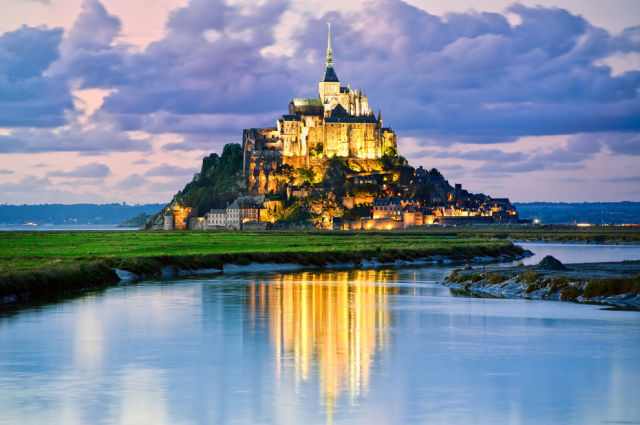 |
| Mont Saint-Michel is a rocky tidal island 247 acres (100 ha) in size, and is a commune in Normandy, France. It is located approximately one kilometre (just over half a mile) off the country's northwestern coast, at the mouth of the Couesnon River near Avranches. The island's highest point is 92 metres (301 feet) above sea level. The population of the island is 44, as of 2009. |
|
|
|
Al Khazneh or “The Treasury” at Petra, Jordan |
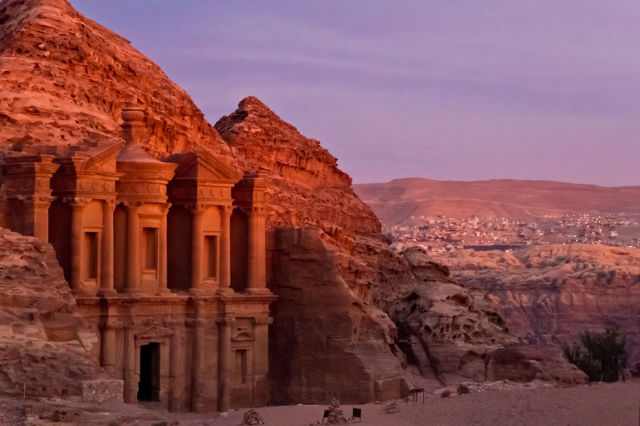 |
|
Petra is a historical and archaeological city in the southern Jordanian governorate of Ma'an, that is famous for its rock-cut architecture and water conduit system. Another name for Petra is the Rose City due to the color of the stone out of which it is carved. Established possibly as early as 312 BC as the capital city of the Nabataeans, it is a symbol of Jordan, as well as its most-visited tourist attraction.
It lies on the slope of Jebel al-Madhbah in a basin among the mountains which form the eastern flank of Arabah (Wadi Araba), the large valley running from the Dead Sea to the Gulf of Aqaba. Petra has been a UNESCO World Heritage Site since 1985. |
|
|
|
Cliff Palace, Mesa Verde National Park, Colorado |
 |
| The Cliff Palace is the largest cliff dwelling in North America. The structure built by the Ancient Pueblo Peoples is located in Mesa Verde National Park in their former homeland region. The cliff dwelling and park are in the southwestern corner of Colorado, in the Southwestern United States. |
|
|
|
Potala Palace, Chengguan, Tibet |
 |
| The Potala Palace is located in Lhasa, Tibet Autonomous Region, China. It is named after Mount Potalaka, the mythical abode of Chenresig or Avalokitesvara. The Potala Palace was the chief residence of the Dalai Lama until the 14th Dalai Lama fled to Dharamsala, India, during the 1959 Tibetan uprising. |
|
|
|
Leshan Giant Buddha, China |
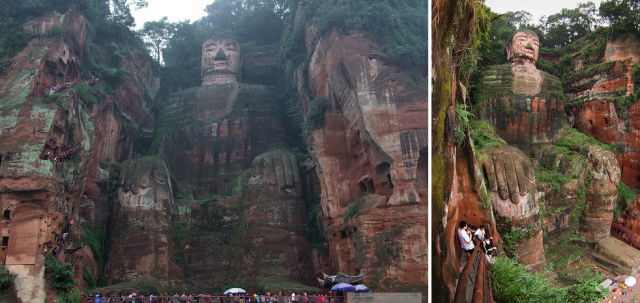 |
| The Leshan Giant Buddha was built during the Tang Dynasty (618–907AD). It is carved out of a cliff face that lies at the confluence of the Minjiang, Dadu and Qingyi rivers in the southern part of Sichuan province in China, near the city of Leshan. The stone sculpture faces Mount Emei, with the rivers flowing below his feet. It is the largest stone Buddha in the world and it is by far the tallest pre-modern statue in the world. |
|
|
|
Angkor Wat, Cambodia |
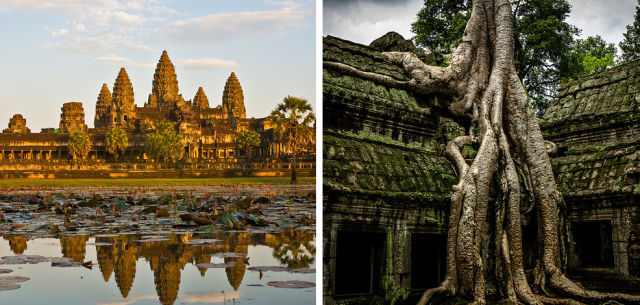 |
| Angkor Wat is the largest first Hindu, and then Buddhist temple complex and the largest religious monument in the world. The temple was built by the Khmer King Suryavarman II in the early 12th century in Yasodharapura, the capital of the Khmer Empire, as his state temple and eventual mausoleum. Breaking from the Shaivism tradition of previous kings, Angkor Wat was instead dedicated to Vishnu. As the best-preserved temple at the site, it is the only one to have remained a significant religious centre since its foundation – first Hindu, then Buddhist. The temple is at the top of the high classical style of Khmer architecture. It has become a symbol of Cambodia, appearing on its national flag, and it is the country's prime attraction for visitors. |
|
|
|
Bet Giyorgis Church in Lalibela, Ethiopia |
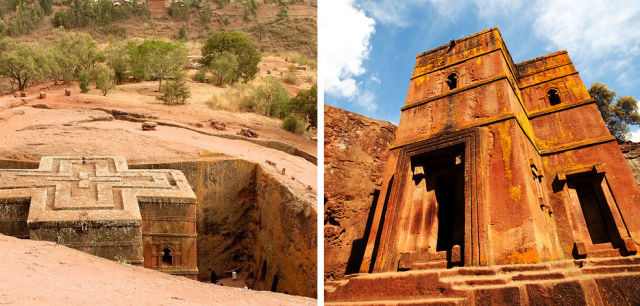 |
| The Church of St. George (Amharic: Bete Giyorgis) is one of eleven monolithic churches in Lalibela, a city in the Amhara Region of Ethiopia. Originally named Roha or Warwar, this historical and religious site is currently accepted in the modern name of Lalibela- after King Gebre Mesqel Lalibela of Ethiopia - considered to be a saint-like figure by the Ethiopian Orthodox Tewahedo Church. |
|
|
|
Chand Baori Well Abhaneri, India |
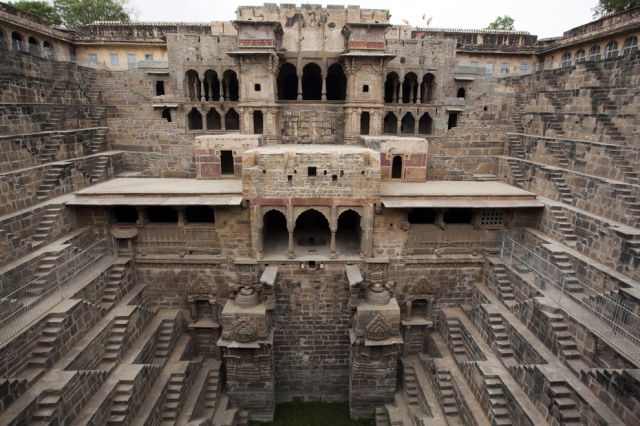 |
| It is located opposite Harshat Mata Temple and was constructed in 800 CE. Its 3500 narrow steps in 13 stories extend 100 feet (30 m) into the ground, making it one of the deepest (and largest) stepwells in India. |
|
|
|
The Alhambra, Granada, Spain |
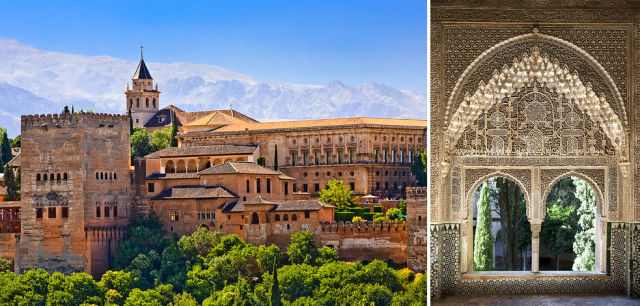 |
| ada, Spain The Alhambra the complete form of which was Calat Alhambra, is a palace and fortress complex located in Granada, Andalusia, Spain. It was originally constructed as a fortress in 889 and later converted into a royal palace in 1333 by Yusuf I, Sultan of Granada. |
|
|
|
Bagan Temples, Myanmar |
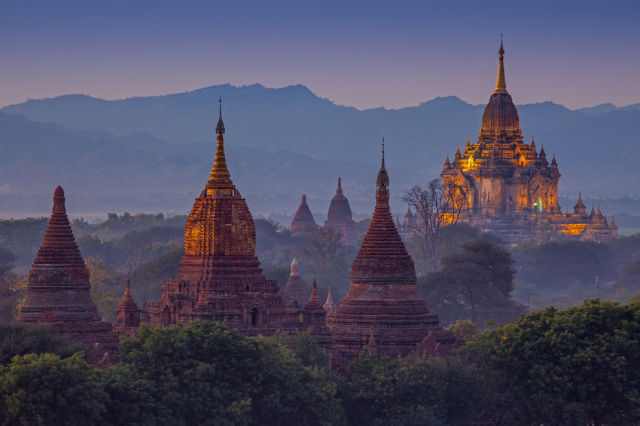 |
| The Mahabodhi Temple is a Buddhist temple located in Bagan, Burma. It was built in the mid-13th century during the reign of King Htilominlo, and is modelled after the Mahabodhi Temple, which is located in Bihar, India. The temple is built in an architectural style typical during the Gupta period, and contains a large pyramidal tower with many niches containing over 450 images of Buddha. The temple survived the 1975 earthquake, and was repaired in following years. |
|
|
|
Pyramids of Teotihuacan, Mexico |
 |
| Knowledge of the huge ruins of Teotihuacan was never completely lost. After the fall of the city, various squatters lived on the site. During Aztec times, the city was a place of pilgrimage and identified with the myth of Tollan, the place where the sun was created. Teotihuacan astonished the Spanish conquistadores during the post-conquest era. Today Teotihuacan is one of the most noted archaeological attractions in Mexico. |
|
|
|
Wooden Churches of Kizhi Island, Russia |
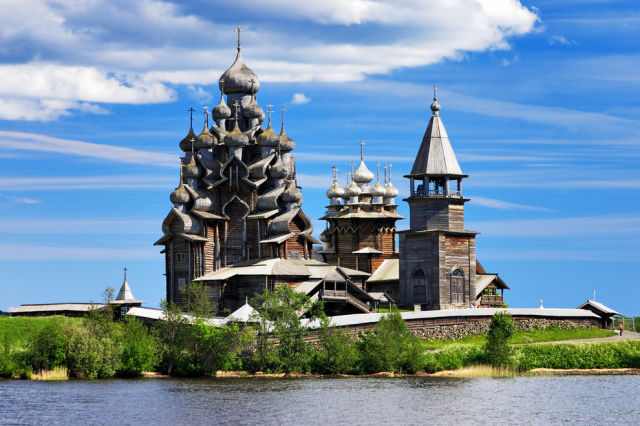 |
|
Tradition says that the church was built by the monk Lazarus in the second half of the 14th century. The church became the first building of the future Murom Monastery located on the eastern shore of Lake Onega. Over time, the church became the main attractions of the monastery as it was reputed to miraculously cure illnesses. Clergy announced the monk Lazarus as a local saint, and every summer, on 23–24 June, the church was attracting pilgrims.
The building is 3 meters tall and has a perimeter of 9×3 m. The original two-tier iconostasis of the church is preserved; it consists of 17 icons of 16th–18th centuries. |
|
|
|
Suspended Temple of Mt. Hengshan, China |
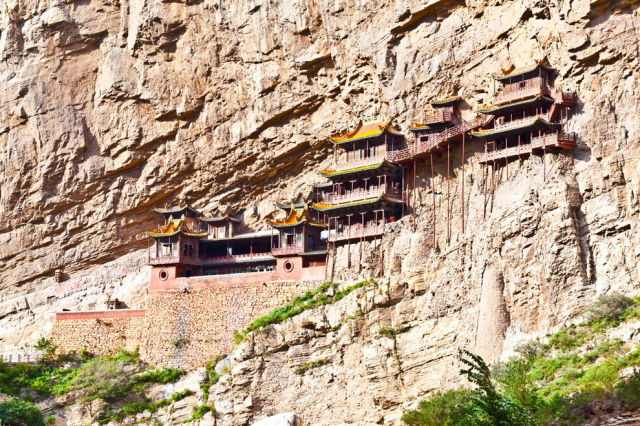 |
|
The Hanging Temple or Hanging Monastery is a temple built into a cliff (75 m or 246 ft above the ground) near Mount Heng in Hunyuan County, Shanxi province, China. The closest city is Datong, 64.23 kilometers to the northwest. Along with the Yungang Grottoes, the Hanging Temple is one of the main tourist attractions and historical sites in the Datong area. Built more than 1,500 years ago, this temple is notable not only for its location on a sheer precipice but also because it includes Buddhist, Taoist, and Confucian elements. The structure is kept in place with oak crossbeams fitted into holes chiseled into the cliffs. The main supportive structure was hidden inside the bedrock. |
|
|
|
Shibam Mud Houses, Hadhramaut, Yemen, sometimes referred to as “mini mud Manhattan.” |
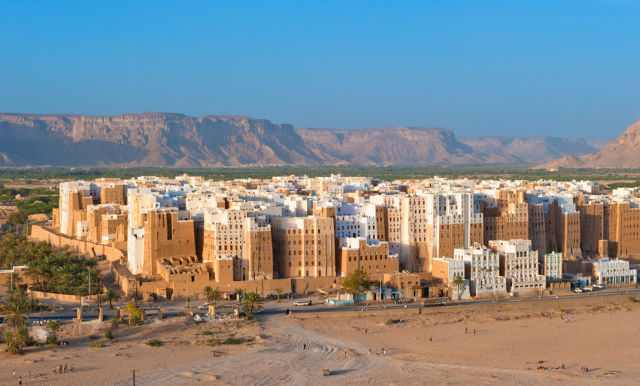 |
| Shibam, which is now a UNESCO World Heritage Site, owes its fame to its distinct architecture.The houses of Shibam are all made out of mud brick and about 500 of them are tower houses, which rise 5 to 11 stories high, with each floor having one or two rooms. This architectural style was used in order to protect residents from Bedouin attacks. While Shibam has been in existence for an estimated 1,700 years, most of the city's houses originate from the 16th century. Many, though, have been rebuilt numerous times in the last few centuries. |
|
|
|
Cave Monastery, Vardzia, Georgia |
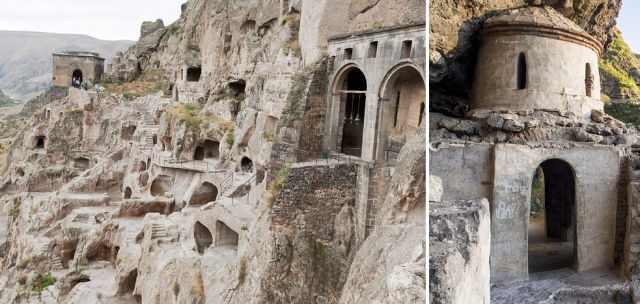 |
|
Vardzia is a cave monastery site in southern Georgia, excavated from the slopes of the Erusheti Mountain on the left bank of the Mtkvari River, thirty kilometres from Aspindza. The main period of construction was the second half of the twelfth century. The caves stretch along the cliff for some five hundred metres and in up to nineteen tiers. The Church of the Dormition, dating to the 1180s during the Georgian Golden Age, has an important series of wall paintings. The site was largely abandoned after the Ottoman takeover in the sixteenth century. Now part of a state heritage reserve, the extended area of Vardzia-Khertvisi has been submitted for future inscription on the UNESCO World Heritage List. |
|
|
|
Village of Monsanto, Portugal built between natural boulders |
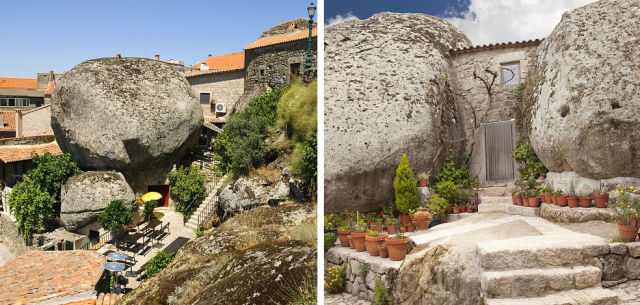 |
|
Castelo de Monsanto, in the Beira Baixa Province, is located in the parish and village of Monsanto, in the Castelo Branco District, Portugal. It is classified as a National Monument.
At the top of the granite mountain of Monsanto, on the right bank of the river frontier Ponsul, this medieval castle dominates the historical village of Monsanto (Idanha-a-Nova). The architectural highlight some stately mansions and temples, and the ruins of the Capela de São Miguel in the Romanesque style. |
Submitted by: Aharon C.